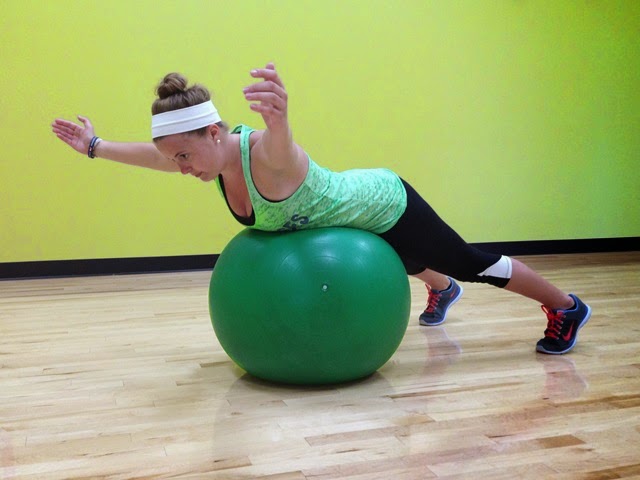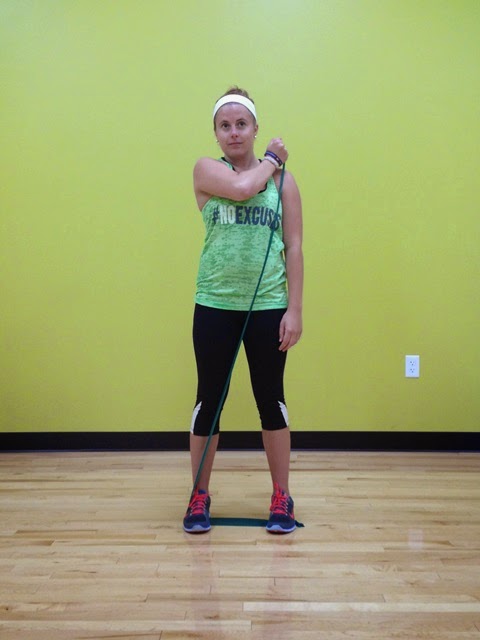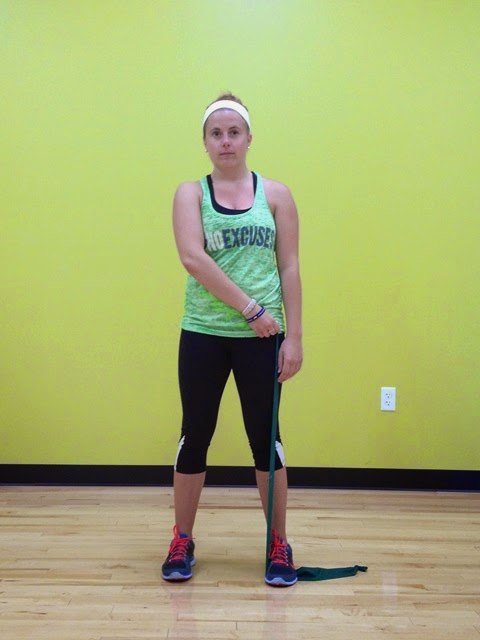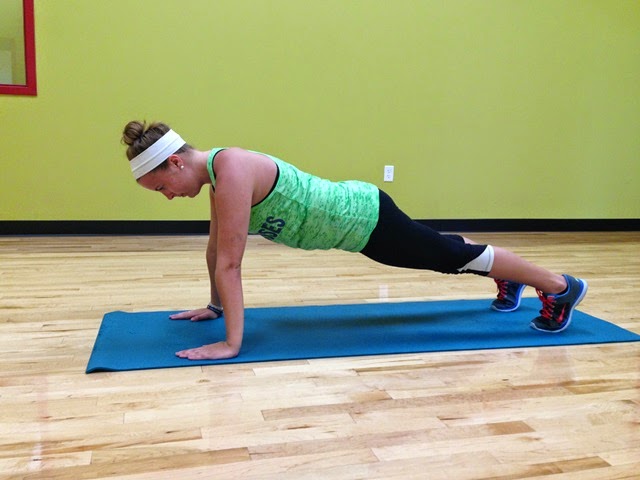Last month we asked our members, trainers, physical
therapists, and office staff “Why do you exercise?” We received numerous responses. Everyone has a different reason and motivation
to work out. Some of us love it. Some of us hate it. We know we have to do it.
Below is an essay Anna
Cavanaugh, a Cape Cod Rehab Physical Therapy Aide, shared with us about regarding the topic…
Transforming society by optimizing movement to improve
the human experience
“Physicist Sir Isaac Newton’s First Law of Motion states: An
object at rest tends to stay at rest and an object in motion tends to stay in
motion, unless acted upon by an external force. When this law of motion was
first introduced in the 1600s, Newton
used it to explain how mass behaves in a system free of external forces such as
friction or gravity. As a recent graduate interested in physical therapy, I
view this law not only applicable to physical objects and systems, but also to
the work of physical therapists in rehabilitating, managing and preventing of
injuries for people in our society.
As an athlete, I fully appreciate the need to stay active,
flexible, and strong for muscle and joint health. I am committed to improving
the human body and how it moves and stays mobile at any age in order to empower
individuals to be able to lead independent and dynamic lives, especially with
the sedentary lifestyle of many today. As a future physical therapist my goal
is to embody this philosophy through education, commitment and innovation.
Education is the foundation to a successful recovery and
enhancing a patient’s wellbeing. I want to help people heal, but first, I want
them to understand how they became injured. Making this a more active process,
I want us to work together to restore their health and prevent future injuries
and complications through proper demonstration and practice of exercise
techniques. To establish this plan of action, I plan to treat the people I work
with as “students” interested in learning about their body and injury
prevention, as opposed to “patients”, where they might think of it as
a one-way experience. In doing this, I
hope to create a different level of engagement and involvement, which allows
them to continue independently long after their treatment is complete. It is
critical to empower a patient with knowledge and confidence in order to
encourage them to take charge of their own therapy.
Among many goals that people have in their lives, the
ultimate goal is to live a pain-free life, and I am committed to making that
happen for people as the second step in my vision as a physical therapist. As a
competitive swimmer, I learned the best way to stay pain and injury free is
through self-discipline in developing good technique. I want to help my
“students” live their lives without restrictions or pain. Knowing
effective techniques of any exercise is vital in order to be able to practice
and perform effectively. My approach to
this is to be positive and encouraging to make therapy and exercise enjoyable
without pain so they do not avoid workouts.
A third component of my philosophy is to incorporate
innovation into my practice. The body is fascinating with its ability to
perform complex and connected moves as one through whatever motions we desire.
When the body is not able to perform the motions that were so effortless in our
youth, problem solving is key to finding the route of the issue and figuring
out ways to strengthen and rehabilitate the individual back good health. An
important consideration for this is that we live in a society where
advancements in science and medicine are constantly changing. It becomes our responsibility to stay abreast
of this new information and to incorporate it into new treatments, techniques,
and exercises. By incorporating more innovative and individualizing techniques,
I will help my patients move toward better functional lives.
In Newton’s
third law, he stated: “for every action there is an equal and opposite
reaction.” Concluding with another fundamental physics law, it is important to
help the patients become aware of the fact that the more work that one puts
into his or her own recovery the greater the results he or she will see over a
lifetime. While not everyone is, or aspires to be an athlete, a few minutes of
exercise daily is a step on the road to higher mobility. In today’s lifestyle,
where food is readily available and a high level of activity is not required to
stay alive, many may atrophy into weaker versions of their intended selves,
which is detrimental to their bone mass and musculature. In wanting to
transform the health of society, one patient at a time, I hope to challenge and
motivate individuals to lead more active lives and encourage people to invest
in their own health and future. I wish good health and wellbeing for those I
treat through our work together, and envision that I can make becoming strong
and fit contagious.”
Think about it. Why
do you exercise?





































